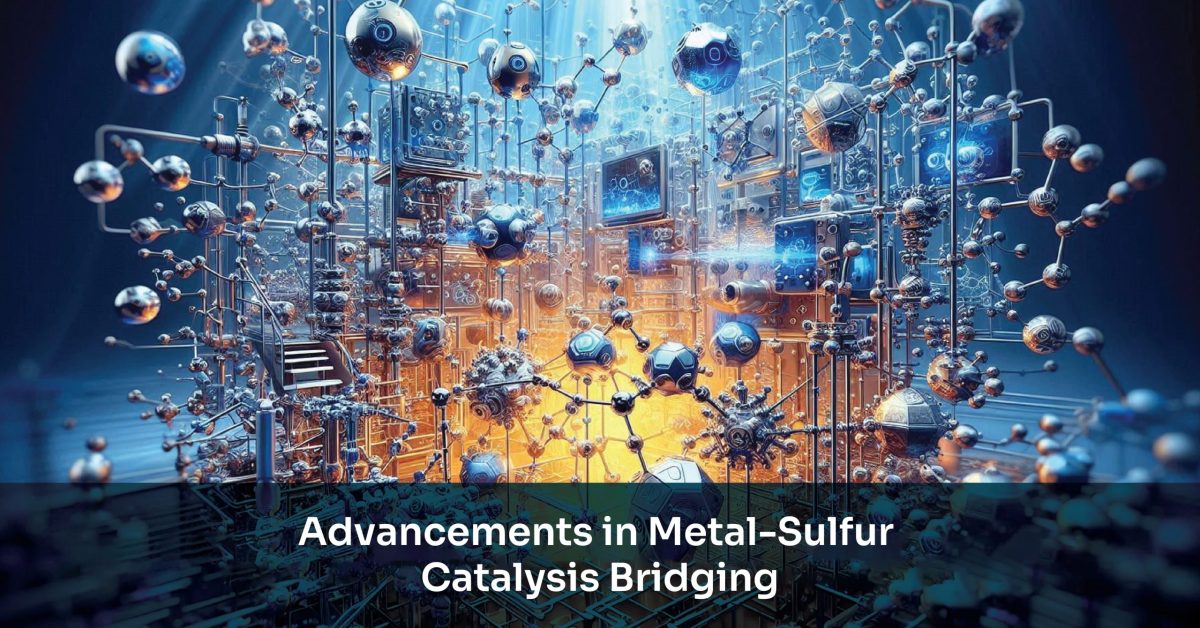In the dynamic field of chemical engineering, metal-sulfur catalysis has been identified as one of the most significant emerging topics for research in view of potential breakthroughs in energy storage, material science, and environmental sustainability. It is the unique properties of metal sulfur frameworks, highly theoretical energy densities, and low-cost materials that have been able to pull large amounts of attention both from academia and industry. While there may be a number of theoretically interesting reasons for metal-sulfur catalysis, their practical applications have remained restrained because of some technical challenges. The most recent work in this area has been designed to overcome these obstacles by somehow reconciling theoretical models and real-world applications. This paper highlights the new work in metal-sulfur catalysis and emphasizes the new approaches that are bringing this very promising technology one important step closer to commercialization.
The Promise of Metal-Sulfur Catalysis
For a long time, metal-sulfur batteries, in particular lithium-sulfur systems, have been considered the next line of energy storage devices due to enhanced energy density and environmental advantages. The sulfur cathode is abundant in nature and eco-friendly, making the Li-S batteries much more promising than the traditional lithium-ion batteries. This quite clearly explains why such batteries have quite a high energy density, the conversion mechanism through which lithium-sulfur cells pass, that is, where the active sulfur is reduced to lithium sulfide on discharge. This increases the scope of this material from just lithium metal-sulfur batteries to including other metals such as sodium, magnesium, and calcium.
However, transferring the process from basic lab research to practical application turned out to be uneasy. The polysulfide shuttle effect, low sulfur utilization, and instability of metal anodes have been significant problems in these batteries that debase the performance and life of these batteries. Fostering insight into very basic processes of electrochemical reactions and sophisticated material development is required to enhance the stability and efficiency of metal-sulfur systems.
Overcoming the Polysulfide Shuttle Effect
The most decisive challenge of metal-sulfur batteries is related to the polysulfide shuttle effect. In this process, soluble polysulfide formed during the discharge phase diffuses to the anode and results in capacity loss with reduced battery efficiency. Henceforth, many investigations have focused on strategizing to minimize this effect by using advanced materials that could retain or immobilize polysulfides in the inner structure of the cathode.
The developed materials proved that, in comparison with non-polar ones, polar materials interact strongly with polysulfides, therefore suppressing the shuttle effect. That means these materials take up polysulfides and block their migration to the anode. The approach has been reported to have improved the performance of the Li-S batteries by lowering the shuttle effect and enhancing the general stability and life of the battery.
Besides polar materials, complex nanomaterial design has been the other key strategy toward controlling the polysulfide shuttle effect. Nanostructured carbon materials, such as graphene and carbon nanotubes, have encapsulated conductive networks holding sulfur and polysulfides to prevent their diffusion. Therefore, nanomaterials provide both advanced electric conductivity and physical barriers for the migration of polysulfides, thereby leading to more efficient and stable metal-sulfur batteries.
